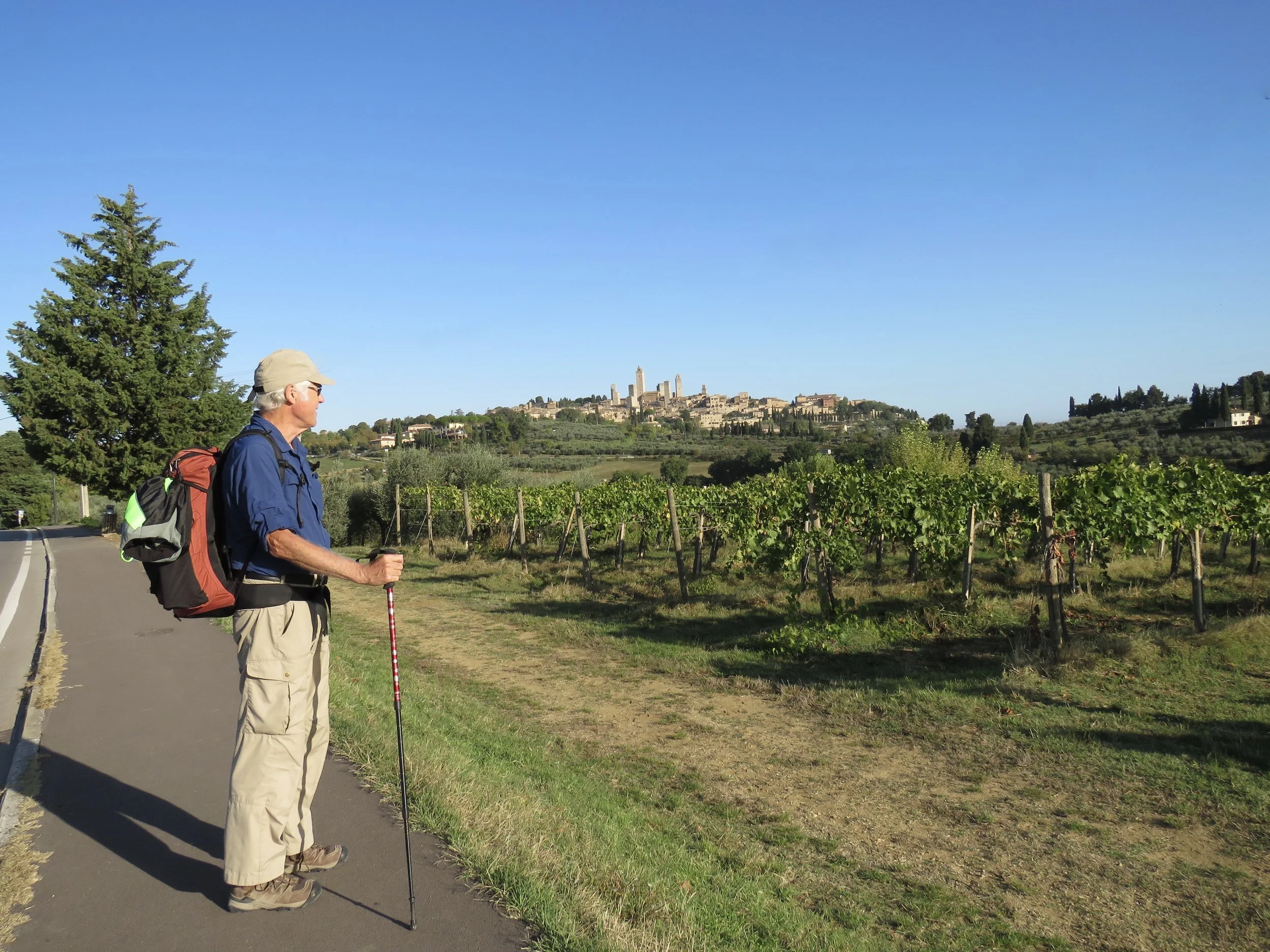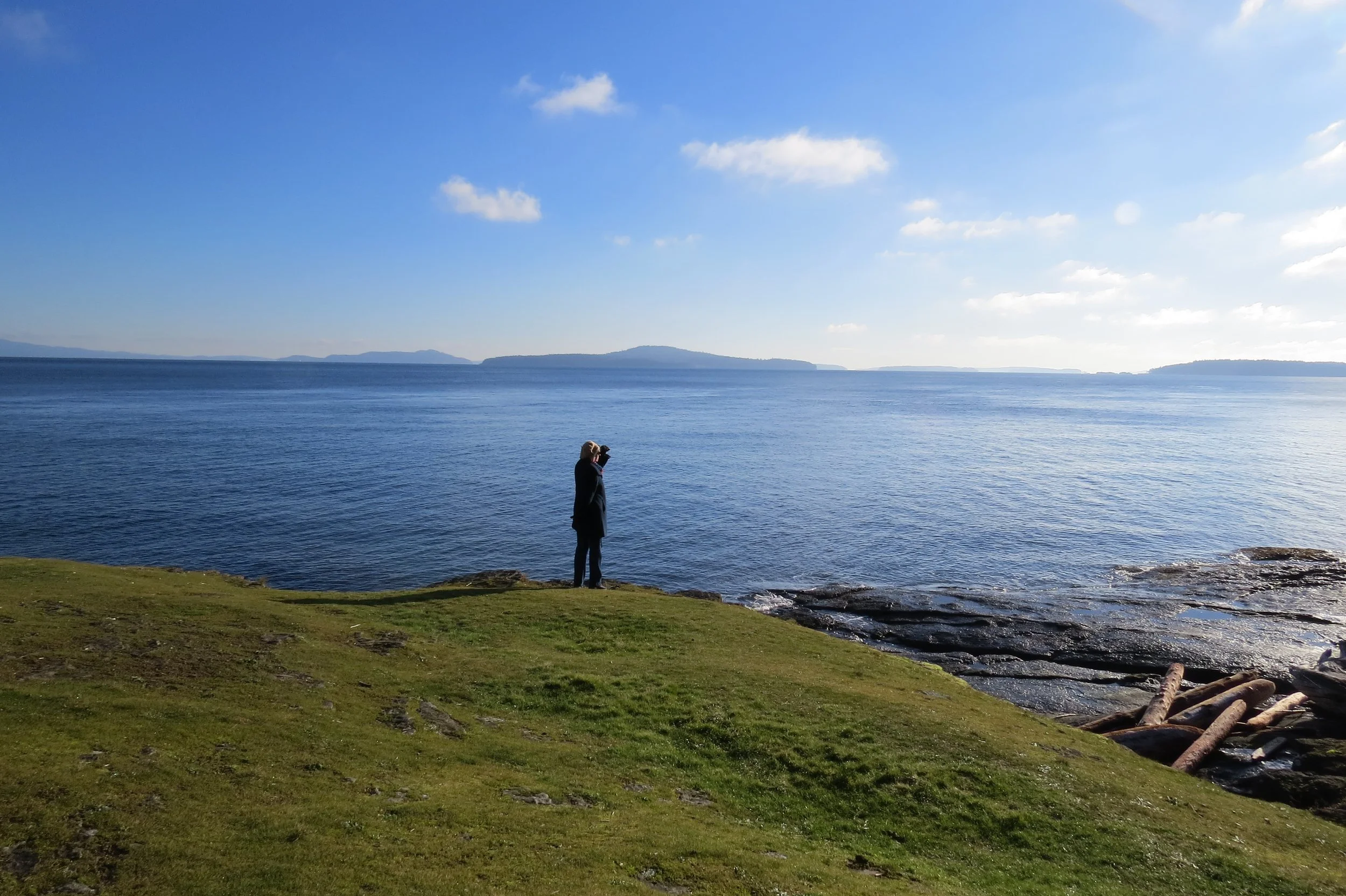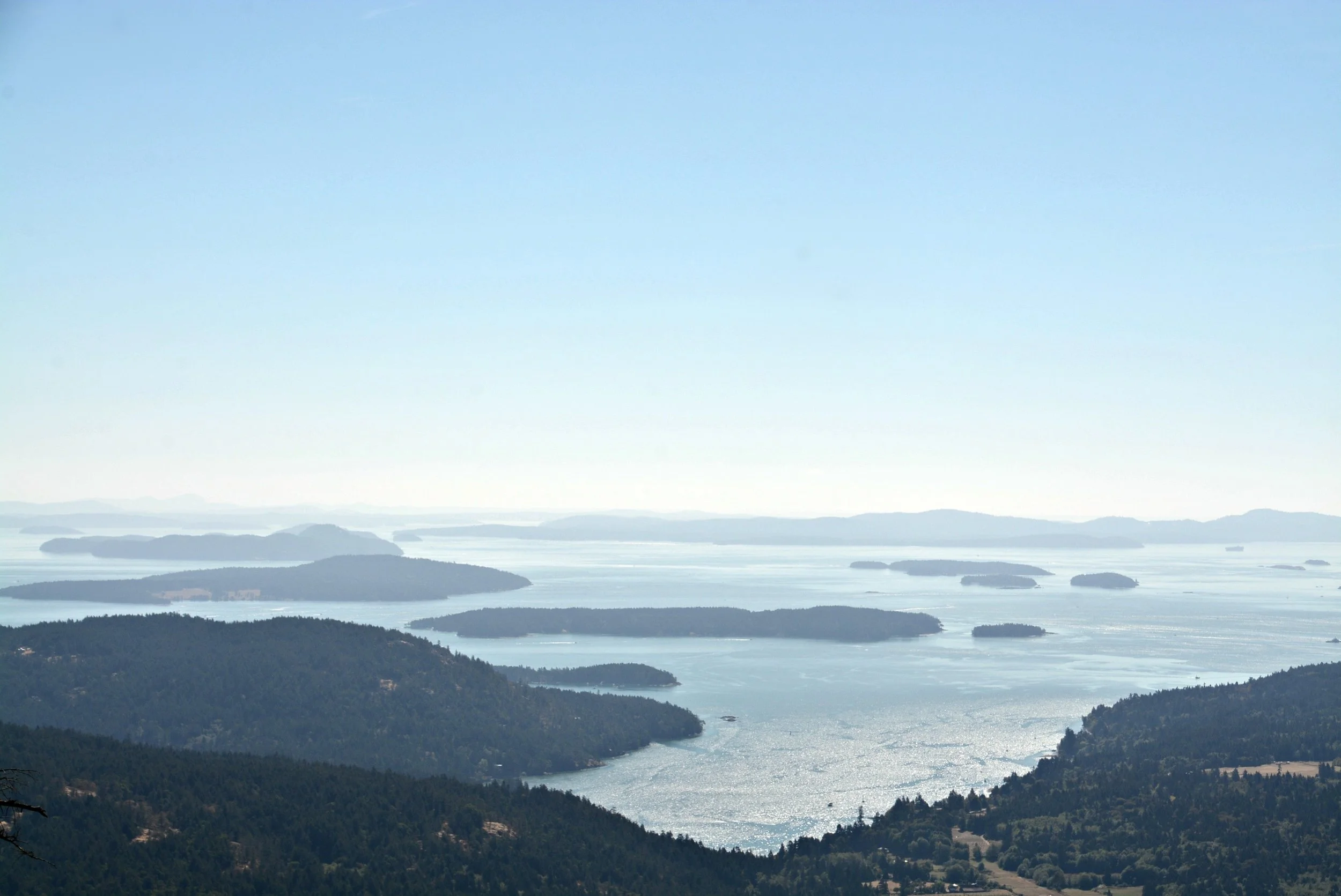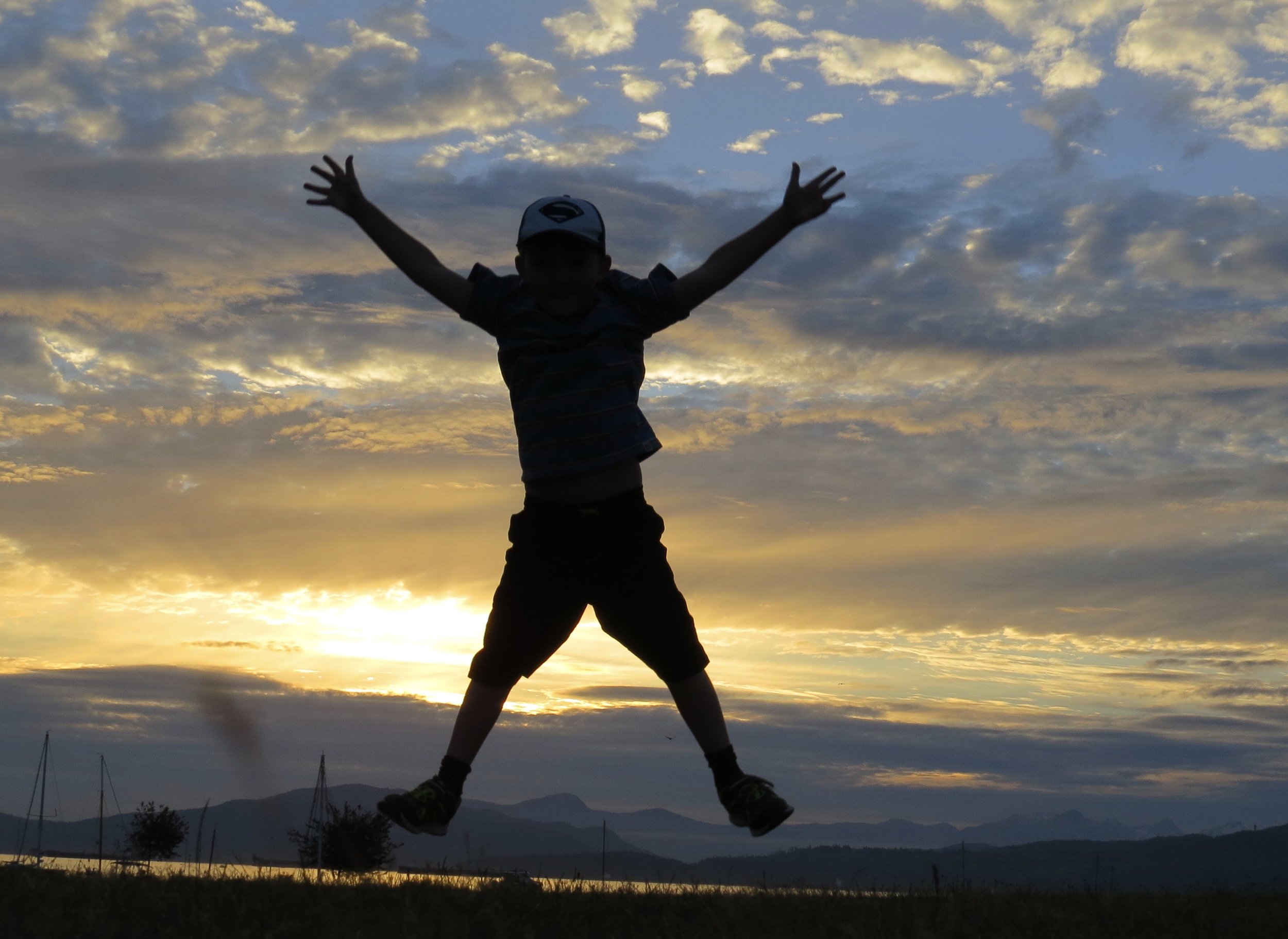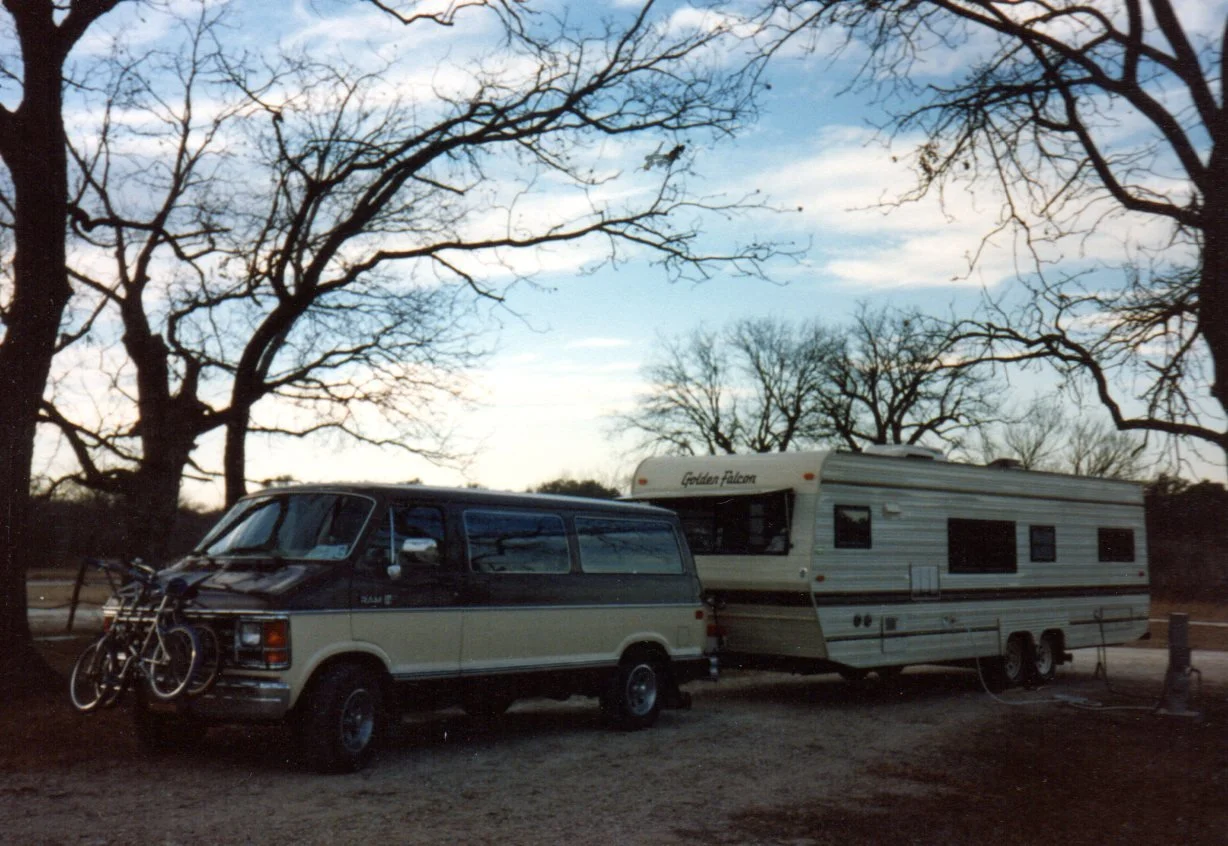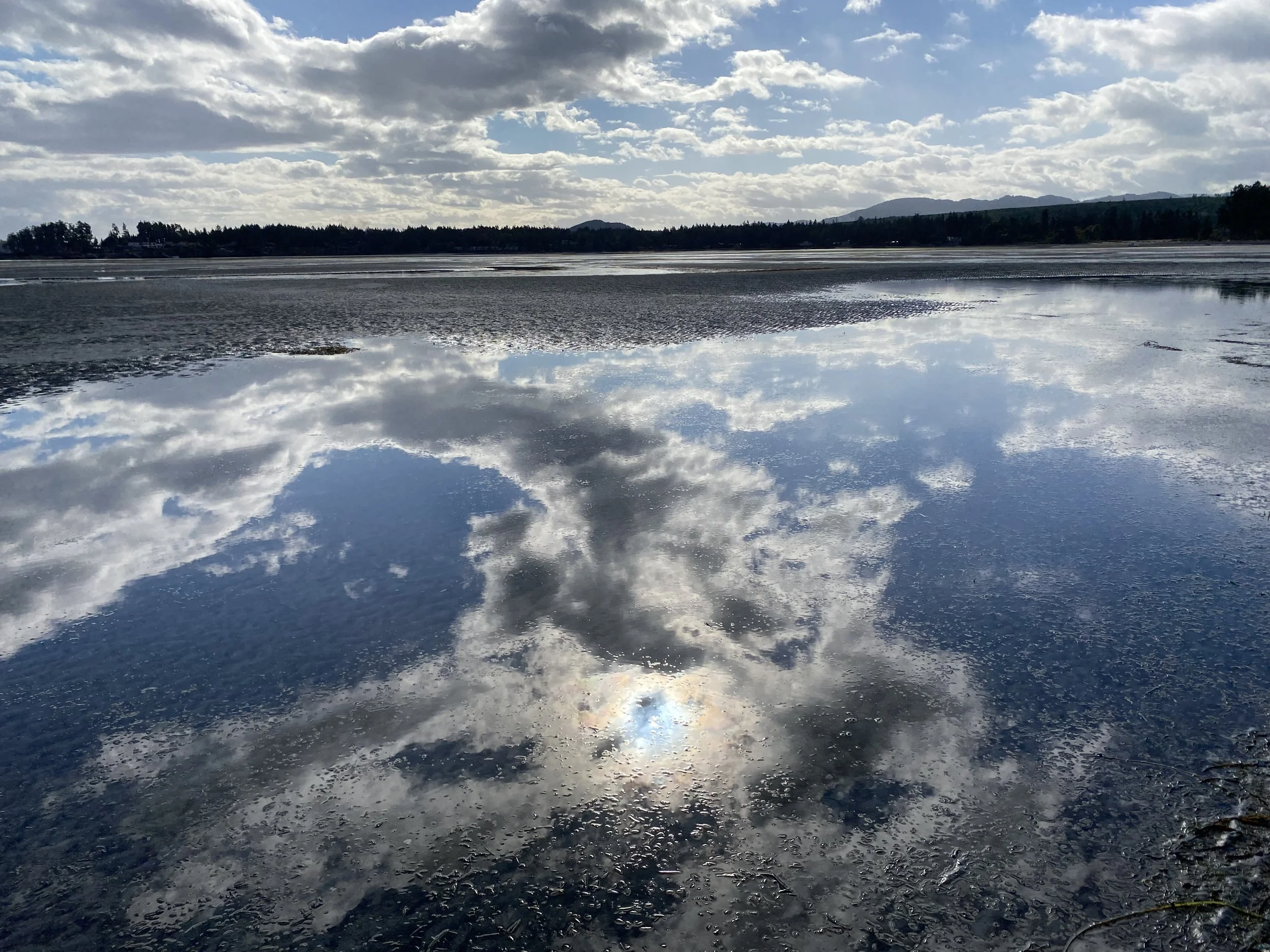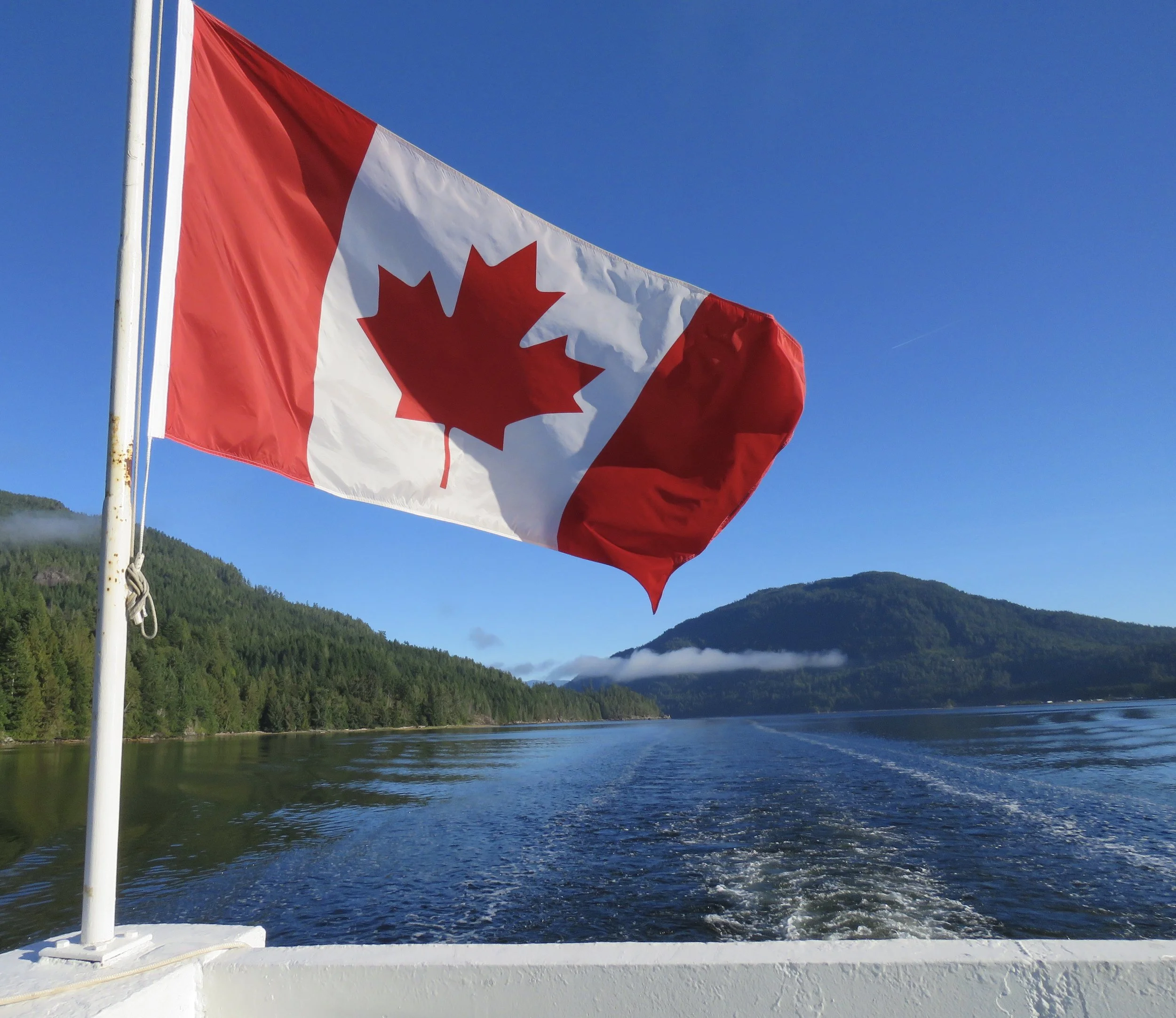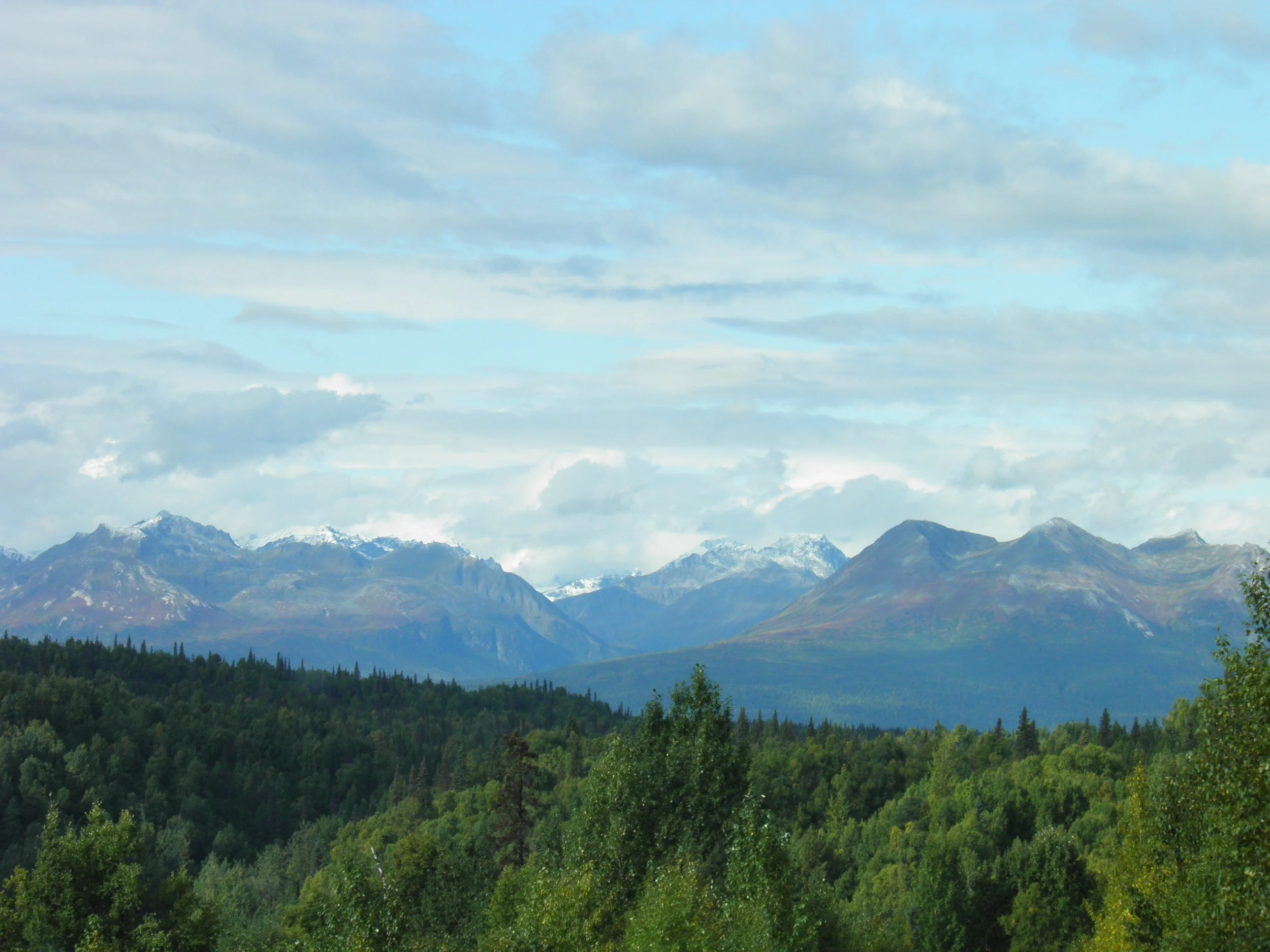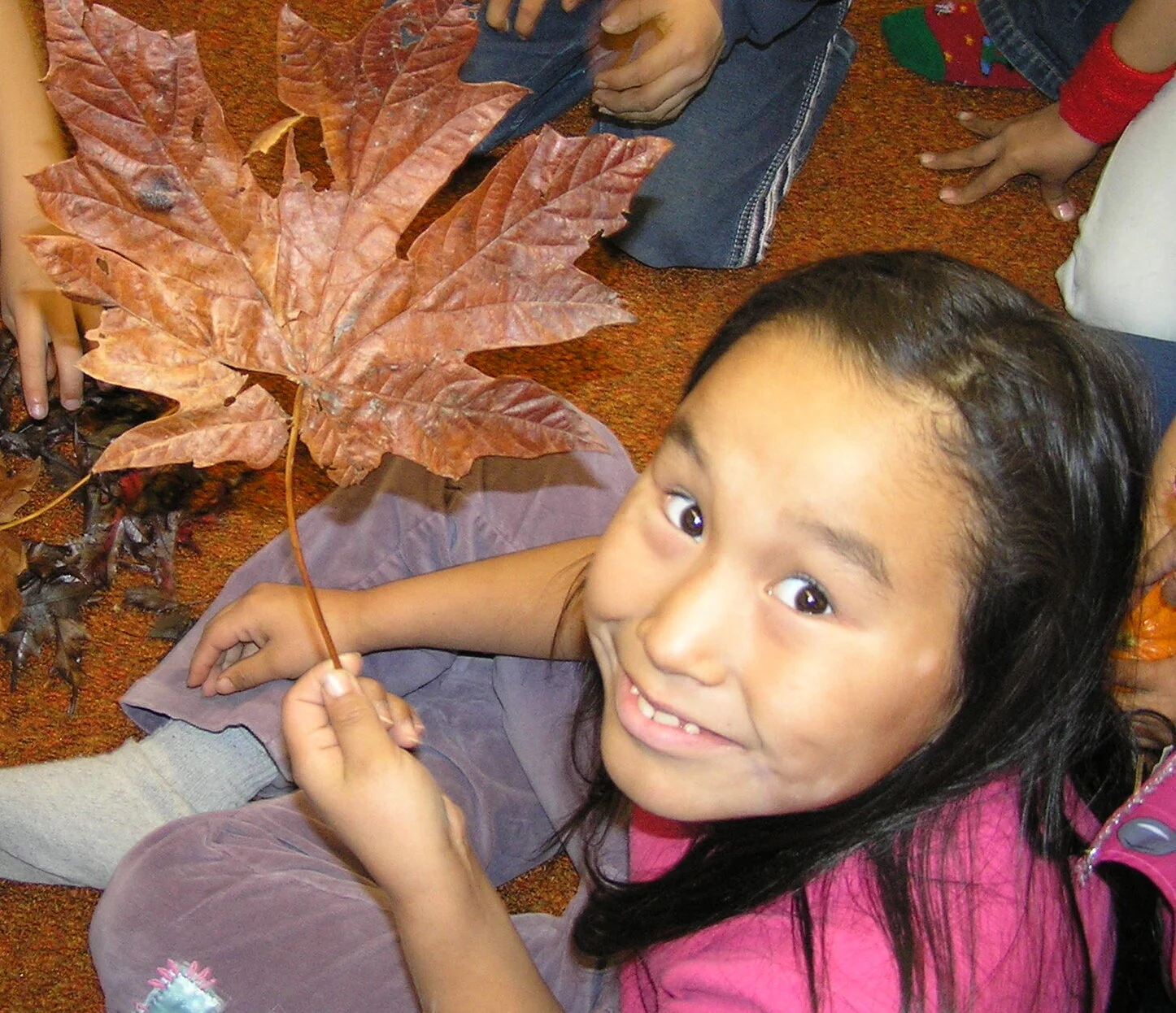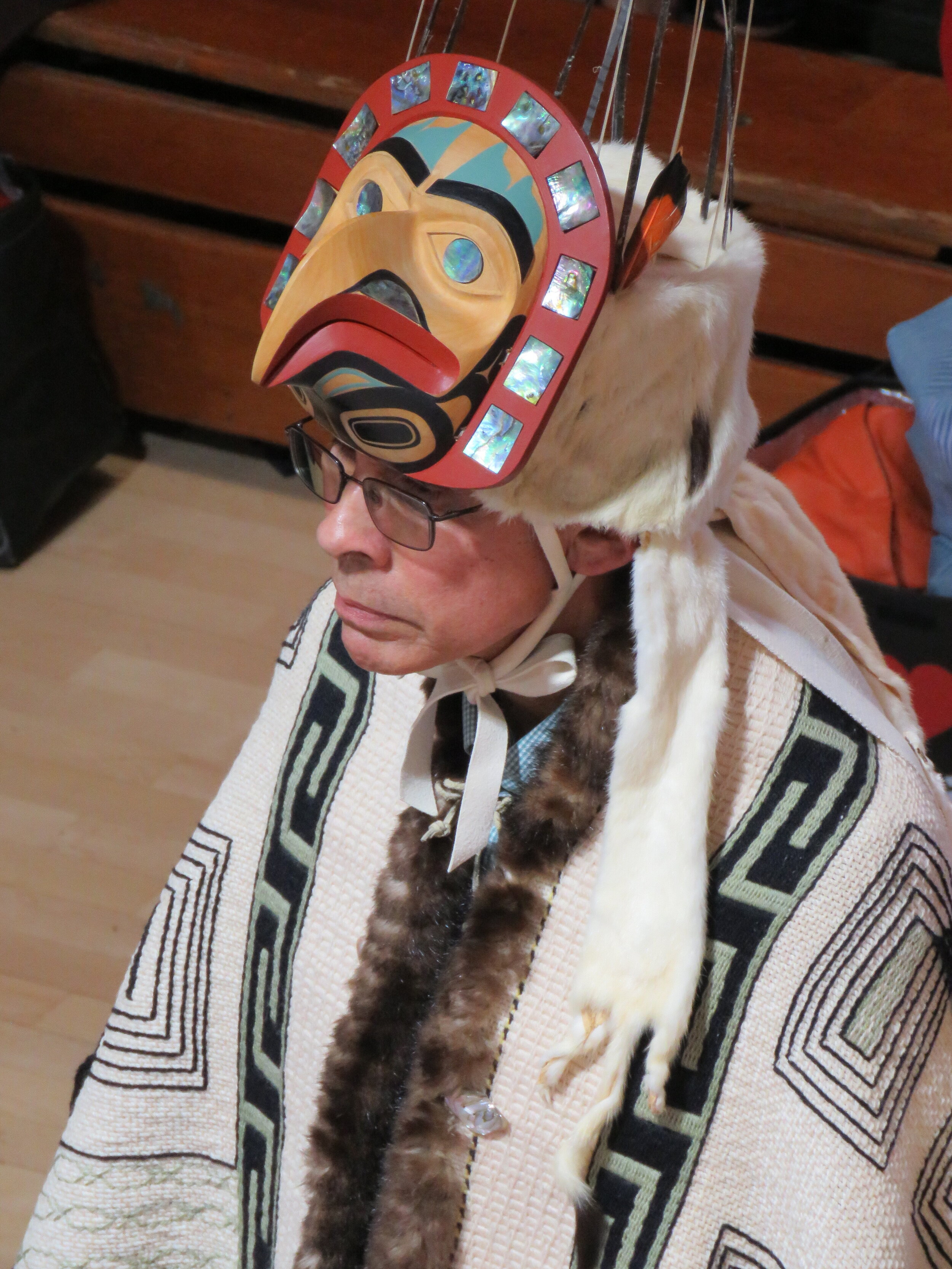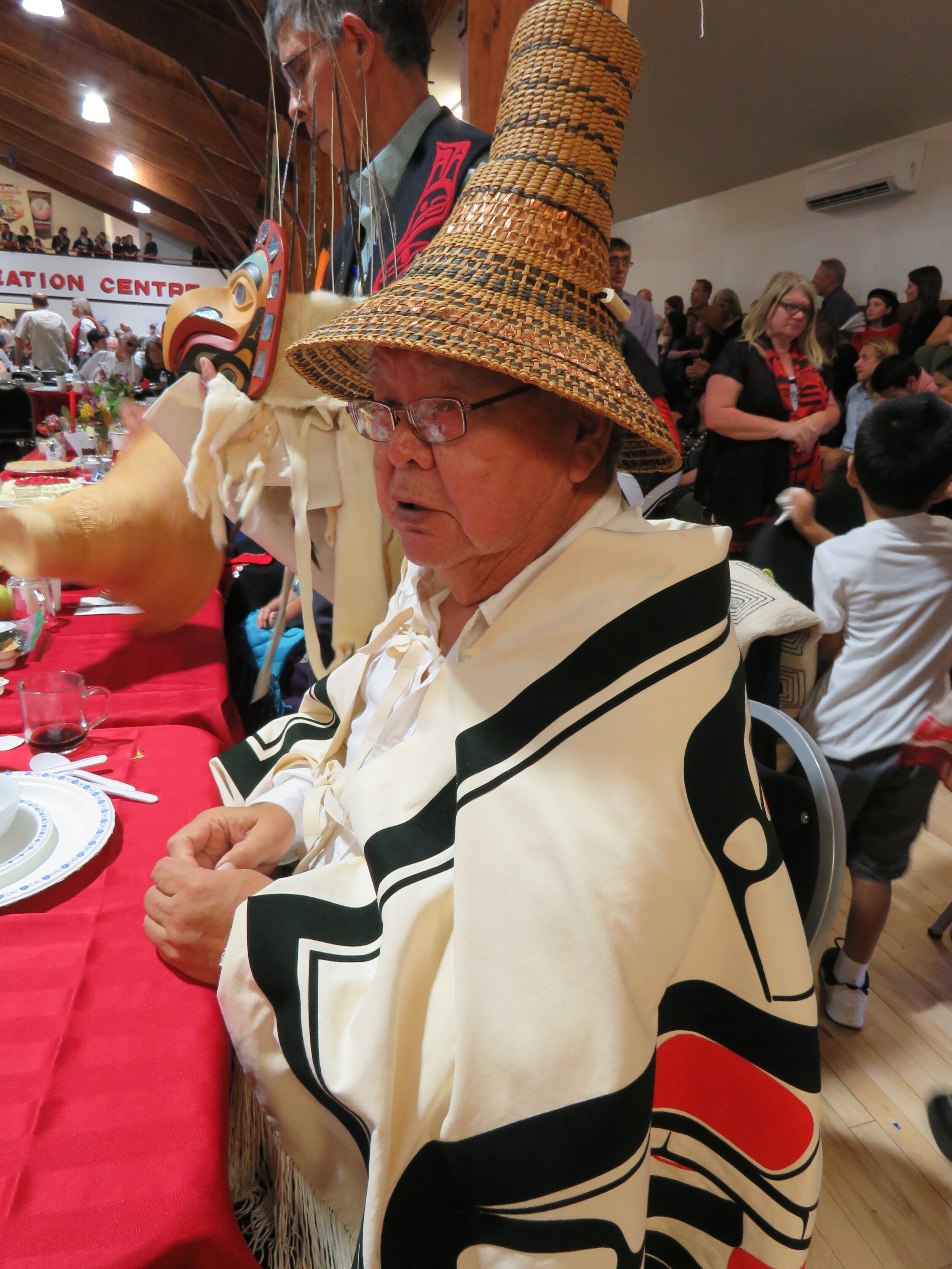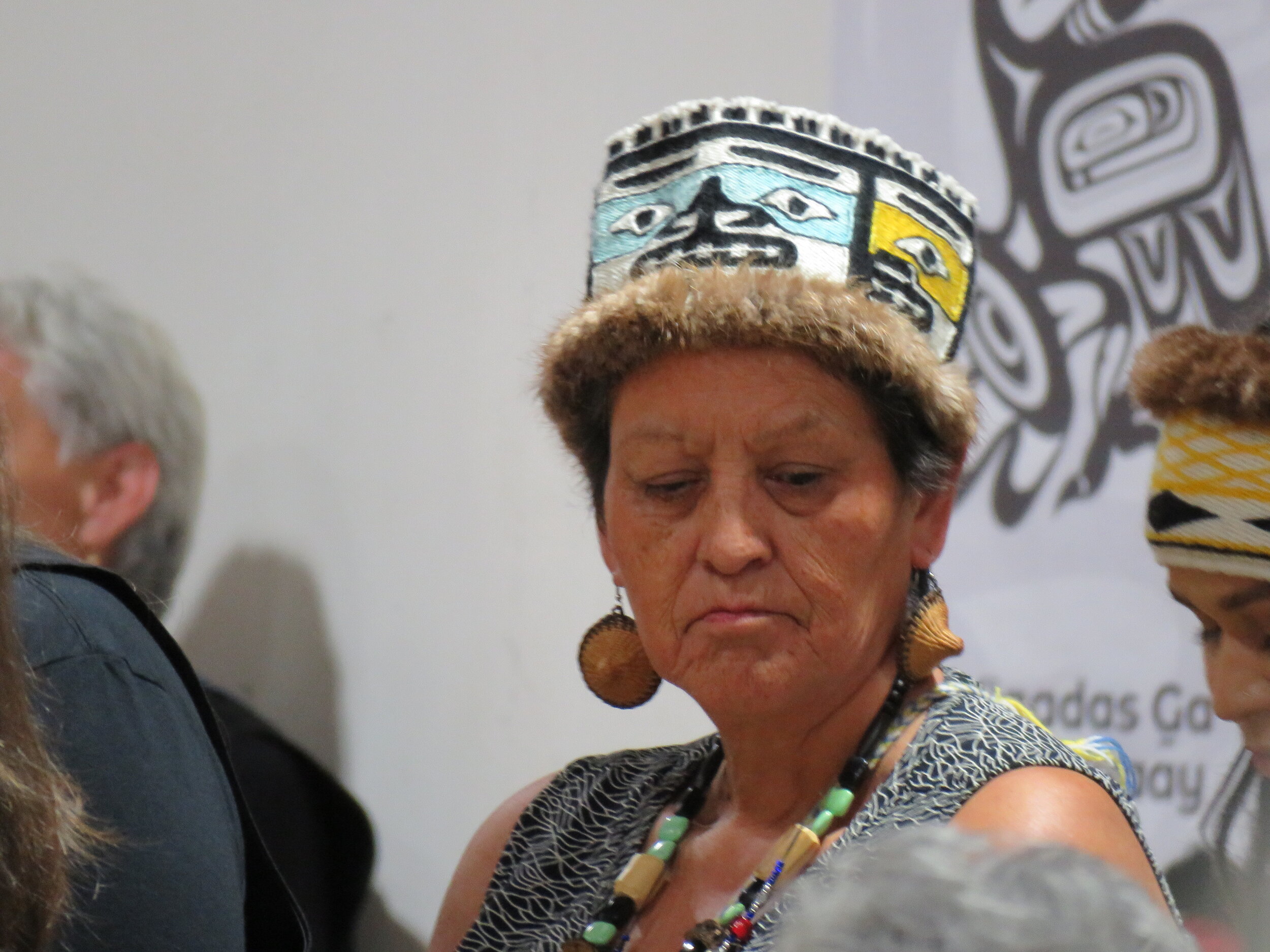Today’s blog feels a little bit like time travel… Even though we don’t really go back in time, the Fall Fair on Salt Spring island, BC, is an old-fashioned, small town fair. Every year, it makes me feel like I’m inside a children’s book….
A Day in Victoria, BC
Since Covid, many of us have been spending holidays closer to home or making shorter day trips. While we still like to roam the globe, I also recently enjoyed a day of exploring Victoria which, for us, is close to home. Whether you come from far away or live nearby, Victoria is a unique and beautiful city with lots of little secrets to explore. In fact, visiting Victoria can almost feel like visiting different countries around the world…
Salt Spring Island
Sometimes we plan trips to faraway places, only to realize that we live in a most beautiful place ourselves. Often when Kees and I return home after a trip, we say “We do live in one of the most gorgeous places anywhere!”. And that is why people from faraway, and not so far away, flock to Salt Spring Island as a tourist destination. So, let me tell you about my home.
An Island in the Salish Sea
Exploring Vancouver with Kids
Vancouver BC is consistently voted as one of the best cities in the world to live. We are not city people but we do love an opportunity to visit this beautiful city. There is so much to do and see, including for kids. There are many well known museums, including the Anthropology Museum at UBC, and other tourist sites. I will share with you some perhaps lesser known places that have special kid appeal.
Trip of a Lifetime: One Year Around North America
This adventures happened in another lifetime. At least that’s how it feels.
Our children were growing up in Whitehorse, Yukon where Kees worked as Director of Parks. We had build our own dream home overlooking the Yukon river valley. One day an acquaintance walked in and announced that he wanted to buy our house. We told him it wasn’t for sale. No way. But he left us a blank cheque (yes, really!) and we started dreaming of traveling….
Haida Gwaii: Waves of Words
I have been fortunate enough to attend a potlash and other celebrations on Haida Gwaii, an island of First Nations people with a rich culture and history. A highlight of my life was to be invited as the poet laureate for the Peter Gzowksi Invitational for Literacy event. I wrote this poem to close the event and celebrate the highlights of my stay on this incredible island on Canada’s north west coast….
Books, Potholes and a Galloping Goose
Prior to Covid we, like many of our friends, flew to far away places for a change of scenery. During the restricted Covid era we mostly stayed home but also tried to find ways of taking safe, local mini-vacations. One of our favourites has been a 6 night get-away very close to home. From the book-town of Sidney, to Victoria, to the Sooke Potholes, we rediscovered the diversity of southern Vancouver Island.
Exploring Gwaii Hanas
Exploring Northern Vancouver Island
While restricted to local travel during Covid, we were grateful to live a 20 minute ferry ride from varied Vancouver Island. The book Vancouver Island Vs The World compares world renowned locations to spots found on this island, from waterfalls to beaches, from cities to mountains.
We decided to explore the northern part of the island where we knew we would not encounter many other people.
We started by driving as far north as we could: to the town of Port Hardy. After that we would slowly make our way south while making side trips, exploring places we had not visited before and also some special boat trips.
Yukon Sourdough Rendezvous: Canada's Wildest Celebration
On the Road Again: Driving from Alaska to Yukon
Tofino on Canada's Wet Coast
Northern Exposure - Whitehorse, Yukon
Nunavut, A Special Place
“I flew in a tiny 4 seater plane to the village Kimmirut on Baffin Island. This was a regular line flight but when the pilot heard that this was my first visit to Baffin Island, he enthusiastically called, “Let’s go looking for polar bears!” and followed the ice and tracks in hopes of spotting one from the air. When the airplane buzzed the school, the principal knew it was time to pick up the visiting author and jumped on his snowmobile.”
Potlatch on Haida Gwaii
Potlatch: a party or celebration; among American Indians of the northern Pacific coast, a ceremonial festival at which gifts are bestowed on the guests in a show of wealth that the guests later attempt to surpass.
Having lived in the Yukon I had seen a fair bit of First Nations customs, including button blankets, dances, drumming and celebrations. But once in my life I wanted to experience or, as it is called, to witness a true potlatch.
Thanks to friends in Haida Gwaii, a remote island in northern BC just south of Alaska, I was invited to a potlatch that would celebrate a new chief. The event was held in the village of Skidegate, Haida Gwaii in a hall about the size of a gymnasium.
Along the way I was on a steep learning curve about traditions and about local politics and customs. This was a rare occasion where the sitting chief was ‘dethroned’ by this matriarchal society because the community did not believe that the chief had represented them in the correct ways and may have shown corrupt behaviour in relation to working with Enbridge, an oil company, while the majority of people here do not want a pipe line.
Selecting a new chief had taken several years and painful proceedings. Even now, as the community was ready to celebrate, the family of the ousted chief had the right to be heard first. They spoke at length about the difficult situation and the pain it caused.
As family members finished voicing their concerns, they were respectfully listened to by the entire community, after which they turned their blankets and vests inside out to leave the hall in a way that resembled a funeral.
But then the festivities were ready to start. Some 400 people witnessed this potlatch. We were all seated at long tables laden with pies, plates and cutlery. First the room was cleansed through a smudging ceremony at which smoke was danced through the hall to clear the bad words and feelings.
The new chief, surrounded by close family, made his entrance wearing a regular shirt, jeans and mukluks. Then the women closest to him, perhaps his mother or aunties, took newly designed Haida vest and blanket and held them up for all to see. They dressed him, finishing with the carved wooden headgear framed by ermine skins. The top of the headgear was filled with eagle down. When I searched for the significance of this I found the following explanation:
The Haida Peace and Welcome Dance is a traditional dance performed by hereditary chiefs at a Haida potlatch. The welcoming chief wears a robe or colorful button blanket displaying his family crest. Eagle down held in the crown of the eagle frontlet headdress, which is adorned with trailing ermine fur and inlaid abalone shell, is shaken out to float gracefully in a cloud around the dancer during his performance. The eagle down signifies peace and is considered a gesture of welcome from the Haida to their guests. The guest chief would often perform a similar dance in response. If the dances were held inside the Longhouse, the light from the central fire would reflect and flicker on the inlaid abalone shell in the eagle frontlet headdress.’
And indeed, when the chief was fully dressed, he was given his new name and had to ‘dance in’ his name. In doing so, he bowed his head to all of the visiting hereditary chiefs, scattering eagle down as he danced. These chiefs represented other clans, villages and islands.
Many of the chiefs, all dressed in blankets and headgear specific to their clan, spoke. Many of them addressed the sadness of the fact that a chief had to be ousted but their pleasure with the new chief.
And then they danced. The Eagle Dance was my favourite, with dancers soaring on wide spread ‘wings’ and thrill eagle cries filling the hall to the rafters.
All of this took many hours. In the meanwhile we ate. I am told it takes two years to prepare for a potlatch of this magnitude: fishing, growing vegetables, picking berries, baking breads and pies. There was halibut and smoked salmon, herring roe on seaweed, venison stew, clam cakes, octopus fritters and blueberry pie.
We listened to speeches and watched dancing and drumming for hours, yet the time flew by. I loved seeing all generations come together to celebrate. There were new born babes in arms as their mothers danced, and elders being helped by teenagers.
Seeing the multitude of regalia - blankets, ermine, abalone lined masks, woven cedar bark hats, carved ceremonial sticks - was like watching a display in the museum of anthropology come to life. I found it thrilling to witness since I had read many books about potlatches being forbidden by colonial governments as late as the 1950’s. I am so glad that traditions, language and customs of these regal coast Salish people have survived. And so grateful to my friends on Haida Gwaii for allowing me to witness this spectacular event. Haw’aa, haw’aa, thank you.
PLEASE NOTE: all images are copyrighted.
For books about Haida Gwaii, click here, then scroll to Canada.
